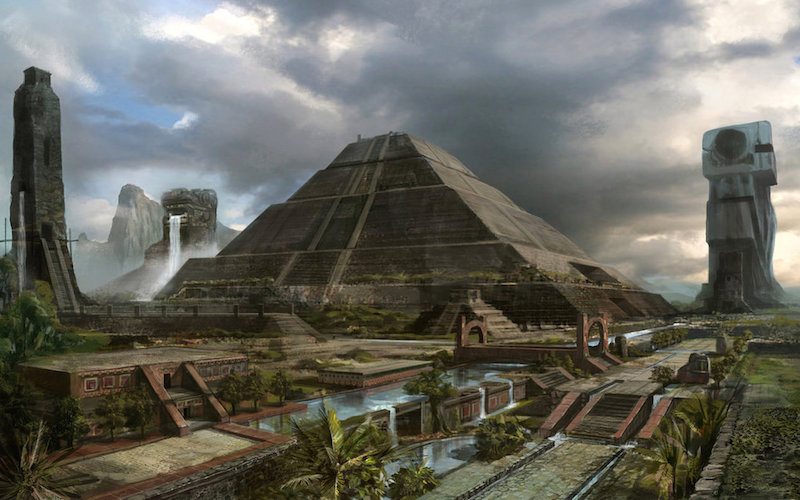Maya Civilization, 1800 B.C. – 900 A.D.
Like the Grecians, the Mayans were skilled in the areas of science and mathematics, especially considering that they existed from about 1800 B.C. to 900 A.D. They also mirrored the Greeks in their love for games, sports, and ritual sacrifice. Some of the earliest estimates are that the Mayan people began to settle in the Yucatan area (Mexico) in 2600 B.C. However, what historians know about the Mayan civilization usually only dates back to between 250 A.D. and 900 A.D.—this was the civilization’s height.
The Mayans are famous for their solar calendar, which became the most accurate calendar in the ancient world. They also invented the concept of “zero,” indicating a high understanding of math for the time, and they had a series of lines and numbers to represent modern-day numbers. They knew more about astronomy than many cultures at the time, so they recorded observations about the movements of the stars and planets with an unbelievable precision.
Medicine men were also present, helping them heal wounds and cure sickness. However, they considered their medicine men to have a connection with the spiritual world, unlike most modern medicinal practices today. Their shamans used hallucinogenic drugs to “connect to the spirit world.” They also used this type of drug for pain relief.
For as well-known as they are for their accomplishments, they are nearly equally as well-known for their mysterious disappearance. The civilization itself completely collapsed for virtually unknown reasons; however, there are still modern-day Mayans that continue to honor their cultural heritage. Regardless, the major cities were abandoned in the 9th century and no one really knows why. Of course, there are various theories that usually include things like disease, trade collapse, social turmoil, invasion, and drought.
Expand your knowledge universe in just 5 minutes a day via bite-sized email courses.
Share with friends:

